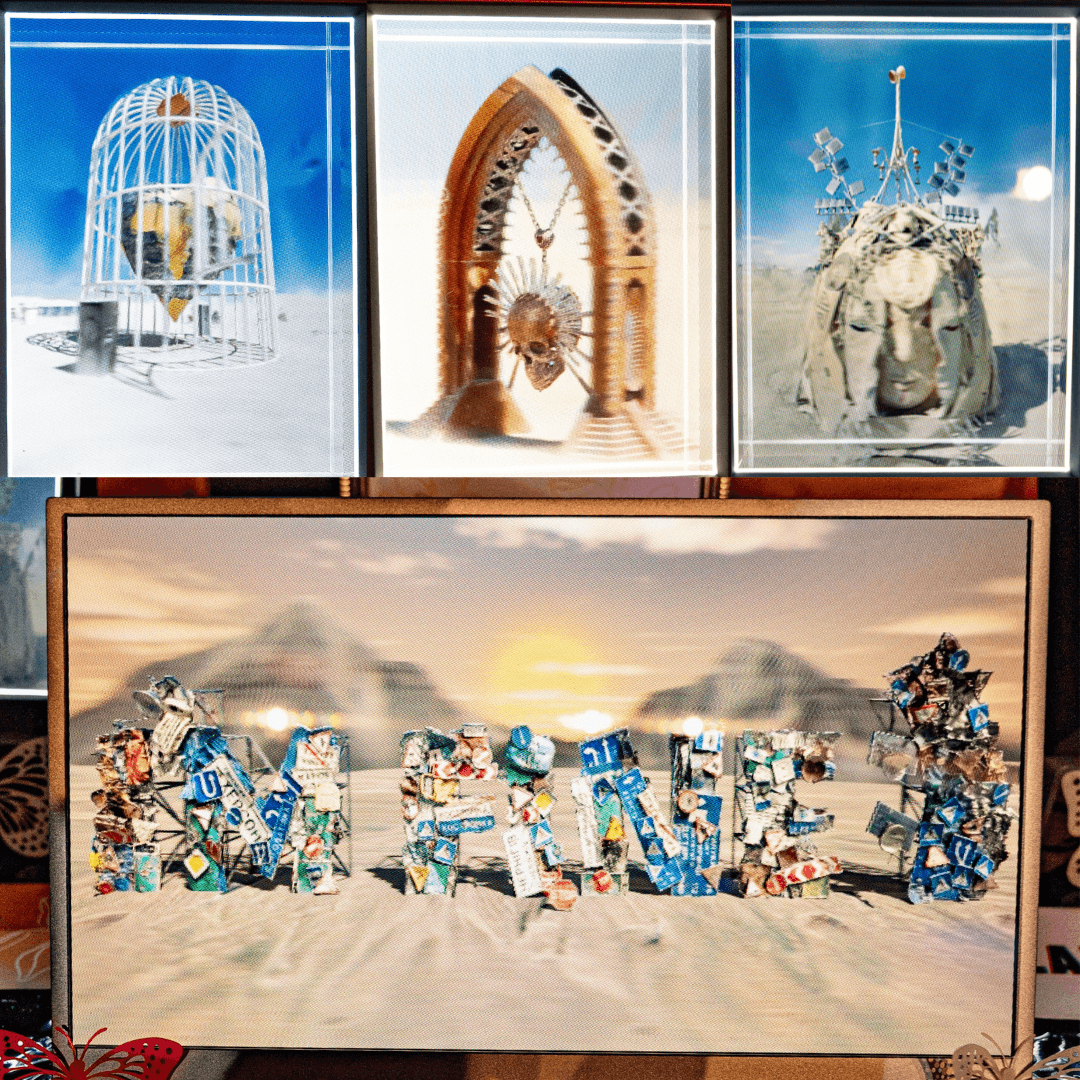
Michael Rubloff
Apr 8, 2025
Until recently, converting an existing 3D model into a 3D Gaussian Splatting (3DGS) representation required a time-consuming detour: rendering synthetic views, registering camera poses, and then feeding those results into a radiance field pipeline. Mesh2Splat, a new open-source tool from Electronic Arts' SEED team, skips that detour entirely. It offers instant mesh-to-Gaussian conversion, unlocking new workflows for real-time rendering, editing, and experimentation.

Built by Stefano Scolari as part of his Master's thesis at KTH, and working full time at SEED, mesh2splat greatly speeds up going from a mesh to a splat.
Traditional 3DGS pipelines work well for real-world scenes captured through photometric methods. But synthetic objects, such as game assets, procedural models, or 3D designs, haven’t had a native entry point into the world of Gaussian primitives.
Mesh2Splat enables direct conversion of mesh assets into pure 3DGS format like plys. Mesh2Splat provides a geometry and texture-informed initialization that can be used as a strong starting point for further refinement. In pipelines where triangle meshes are the primary representation but 3DGS rendering is supported, Mesh2Splat can be used to convert selected assets into Gaussians.
What’s really interesting is that this pipeline completely opens the door to relighting 3DGS
Mesh2Splat’s core method is built around GPU-accelerated rasterization and shader logic:
A bounding box and base 2D Gaussian covariance are initialized.
Triplanar orthogonal projection is applied to each triangle
For each triangle, the geometry shader computes a Jacobian matrix mapping UV orthogonal space to 3D space.
Gaussian scale is derived from a uv standard deviation value multiplied by the jacobian's components magnitude, and orientation is derived directly from the triangle's rotation matrix.
The shader emits one Gaussian per vertex and uses hardware interpolation to generate per-fragment gaussians.
The fragment shader performs texture lookups and writes Gaussian data into a shared buffer.
The result is a dense, structured 3DGS representation that retains both geometric fidelity and material shading, generated in less than 0.5 milliseconds on average.

While Mesh2Splat is a powerful and fast tool, it's still in its early stages and comes with a few current limitations. At the moment, it only supports triangle based meshes like glb, which means volumetric or non-surface based geometry is not yet compatible.
Mesh2Splat is designed to run on Windows and requires a few dependencies to get up and running. You’ll need CMake version 3.21.1 or higher (particularly if you're using Visual Studio 2022), as well as Visual Studio 2019 or 2022 with the C++ desktop development workload installed. An OpenGL-compatible GPU is also required for rendering.
To build the project, start by cloning the repository and opening a terminal in the root directory. From there, run the included run_build_release.bat script to compile the project in Release mode. Once the build is complete, you can launch the Mesh2Splat executable directly from the /bin folder.
It is exciting to watch the foundations of lifelike 3D continue to be set and I believe Mesh2Splat is helping address a piece to this puzzle. More information about Mesh2Splat can be found on its GitHub page. It also comes with a fairly permissive license!







